Home | Carbon offsets | Keo Seima, Cambodia
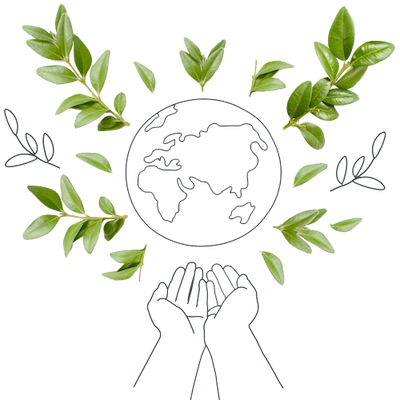
Keo Seima, Cambodia
A REDD+ (Reduce Emissions from Deforestation and Degradation) project with a focus on reducing high deforestation rates in eastern Cambodia by helping secure land rights for the indigenous Bunong people in the area.
The project began in 2010 and impacts more than 20,000 people.
The Ministry of Environment of the Royal Government of Cambodia manages the Keo Seima Wildlife Sanctuary (KSWS), originally designated as a protected area in 2002.
The site is part of the ancestral homeland of many ethnic Bunong people, for whom the forest is a key source of income and central to their spiritual beliefs.
Technical and financial support from the Wildlife Conservation Society, and collaboration with other local non-governmental organisations partners, supports the project to both conserve and restore biodiversity values and to protect the livelihoods of local people.
KSWS plays a vital role in the preservation of the region’s important and vulnerable wildlife, including the world’s largest populations of the endangered black-shanked douc and yellow-cheeked crested gibbon, as well as a nationally important population of Asian elephants and many other species.
At the same time, it supports the sustainable development of local communities, most notably through securing communities legal title to their traditional lands, and through the REDD+ Benefit Sharing Mechanism which provides significant funding to community-chosen and community-led development projects.
Developer information
The Keo Seima Wildlife Sanctuary (KSWS) is managed by the Royal Government of Cambodia’s Ministry of Environment with technical and financial support from the Wildlife Conservation Society (WCS).
WCS is an non-governmental organisations founded in 1895 and is one of the first conservation organisations within the US.
Their goal is to conserve the world’s last wild places within 14 priority regions across the globe.
WCS assists governments and communities to protect the natural systems critical to saving wildlife and wild places, securing valuable flows of ecosystems, services and local livelihoods based on principles of social and environmental sustainability.
Great for Earth
The largest threat driving deforestation in Cambodia is land clearance for both large and small-scale agriculture.
KSWS sits at a deforestation frontier with areas of nearby protected and unprotected land extensively cleared over the last decade.
There is also a great deal of illegal wildlife poaching and illegal logging of rare tree species.
The Wildlife Sanctuary is home to over 1000 species, including more than 85 globally threatened species.
The project’s biodiversity monitoring is world class, with long term species population monitoring available for 11 key species.
The project area borders what used to be the 62,000 hectare Snoul Wildlife Sanctuary until 2018. Rampant deforestation led to the loss of almost all of its forest cover, and it was therefore de-classified as a protected area.
Rampant deforestation led to the loss of almost all of its forest cover and it was therefore degazetted as a protected area.
KSWS however has successfully managed to prevent approximately 25,000 ha of predicted deforestation since 2010.
The project also supported Cambodia’s first data-driven zonation process for a protected area.
This process took into account more than 40 spatial data layers, which helped provide objective and robust decision support for long term land use planning and sustainable protected area management.
This helps ensure the long-term protection of the project area and reduce further deforestation.
Positive for people
The project actively supports community land rights, including securing the first Indigenous Community Title (ICT) in a protected area in Cambodia and the first ICT to a Bunong community.
In total the project has been able to secure seven Indigenous Community Land Titles for Bunong communities within the project area, with 8 more under process.
An ecotourism venture has also been started through WCS’s support.
The Jahoo Gibbon Camp is a community-run ecotourism project, now run with support of World Hope International, which brings in more than $14,000 annually in community income.
This tourism revenue is used to support management of the ecotourism product and for community development funds.
Over the lifetime of the project, livelihoods or income has been improved for 11,799 people through agricultural programs, improved resource security, sustainable bamboo harvesting and handicraft production, community nest protection programs, and direct employment.
All 20 target REDD+ villages in and around the site are provided resources and support to enforce their legal right to patrol and protect resources within their indigenous lands, as well as receive direct payments from the project’s benefit sharing mechanism to be used for self-directed community development investments.
UN Sustainable Development Goals met by this project:

















Explore our projects

Blue Carbon Mangrove Restoration, Pakistan
Blue Carbon Mangrove Restoration in Pakistan’s Indus Delta spans 350,000 ha, removing 142 million tonnes of CO2e for global climate mitigation.
Project status: Active
Learn more about the Blue Carbon Mangrove Restoration project
Elazig Solar Farm,
Turkey
Elazig Solar Farm pioneers high-efficiency solar power in Turkey, reducing reliance on fossil fuels and stabilising energy costs.
Project status: Active
Learn more about the Elazig Solar Farm project
Household Solar Lighting, Zambia
This project provides solar lighting to Zambian families, reducing carbon emissions and enabling safer study, cooking, and socialising at home.
Project status: Active
Learn more about the Household Solar Lighting project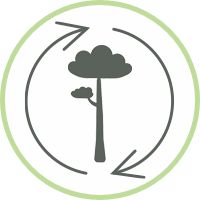
Improved Biodiversity & Mixed Reforestation
This reforestation project restores 2,115 ha of former pastureland, planting over one million trees to boost biodiversity and carbon capture.
Project status: Active
Learn more about the Improved Biodiversity & Mixed Reforestation project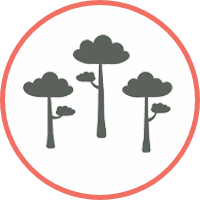
Reforestation on Degraded Land, Uruguay
This project restores 21,298 hectares of degraded grazing land in Uruguay, creating sustainable forests to boost biodiversity and carbon capture.
Project status: Active
Learn more about the Reforestation on Degraded Land project
Salkhit Wind Farm, Mongolia
Salkhit Wind Farm is Mongolia’s first grid-connected wind project, supplying renewable energy and advancing expertise for future developments.
Project status: Active
Learn more about the Salkhit Wind Farm project
Wind power in Karnataka, India
This project in Karnataka generates renewable wind power, reducing fossil fuel reliance and supporting India’s Southern Electricity Grid.
Project status: Active
Learn more about the Wind power in Karnataka project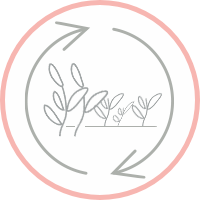
Peatland protection - Rimba Raya
The Rimba Raya Biodiversity Reserve protects carbon-rich peatland from palm oil deforestation, preventing 100 million tonnes of emissions.
Project status: Inactive
Learn more about the Peatland protection in Rimba Raya project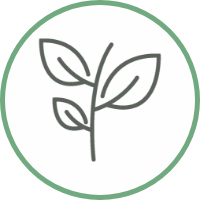
Tropical Forest Protection, Mai Ndombe
The Mai Ndombe project in the DRC reduces forest and biodiversity loss whilst providing community prosperity through vital investments into the local area.
Project status: Inactive
Learn more about the Tropical Forest Protection project